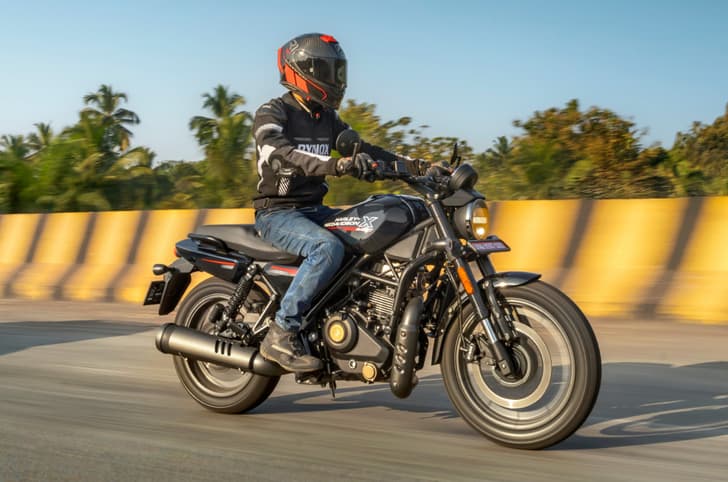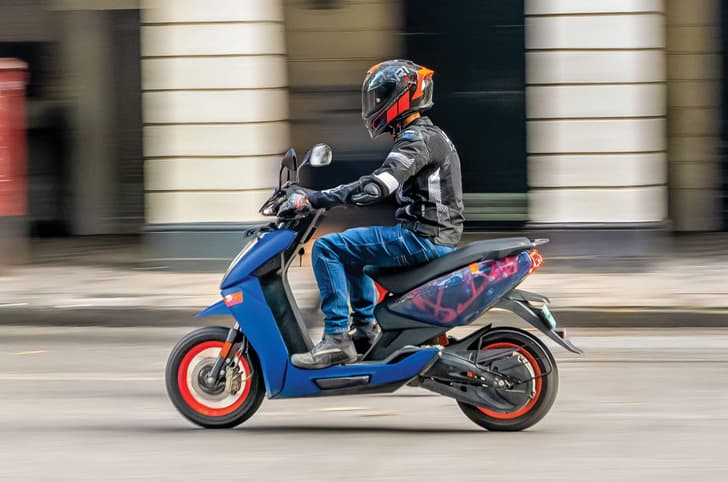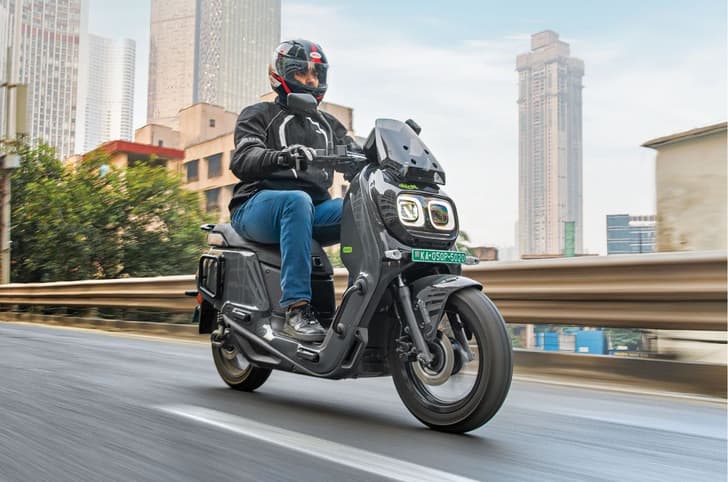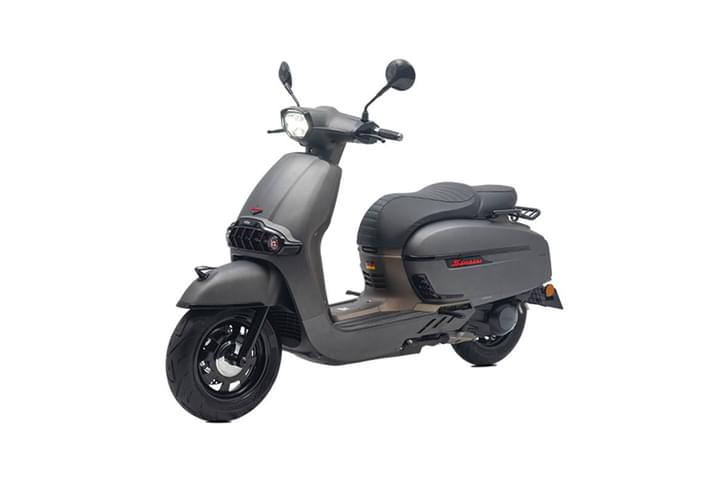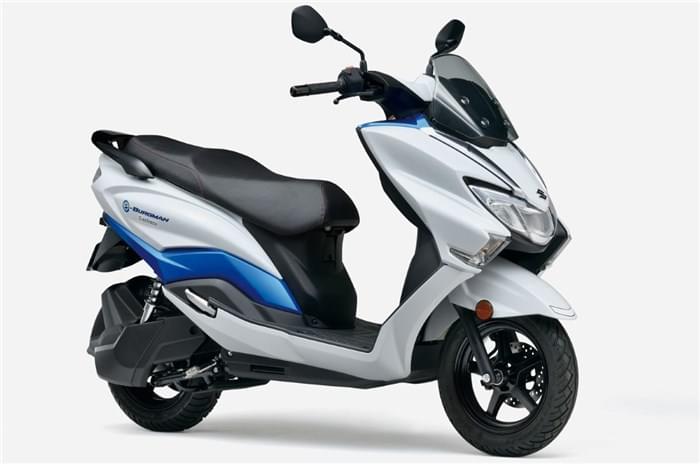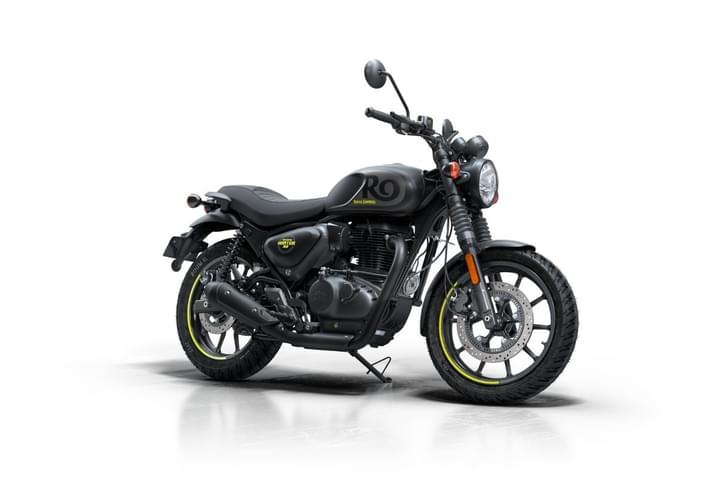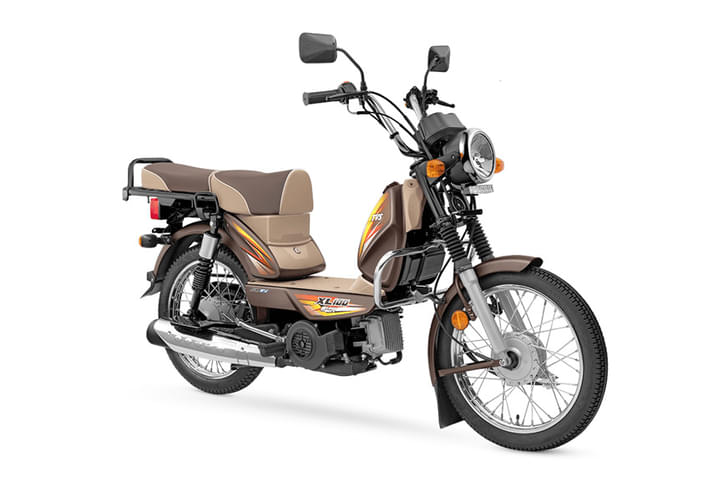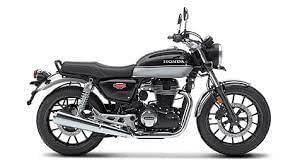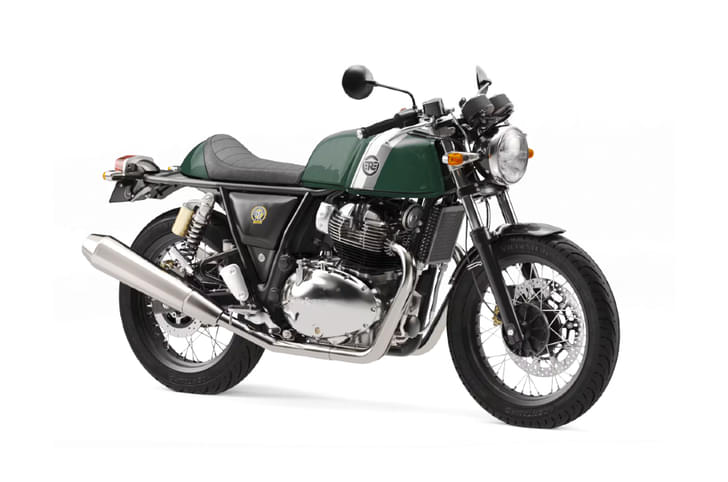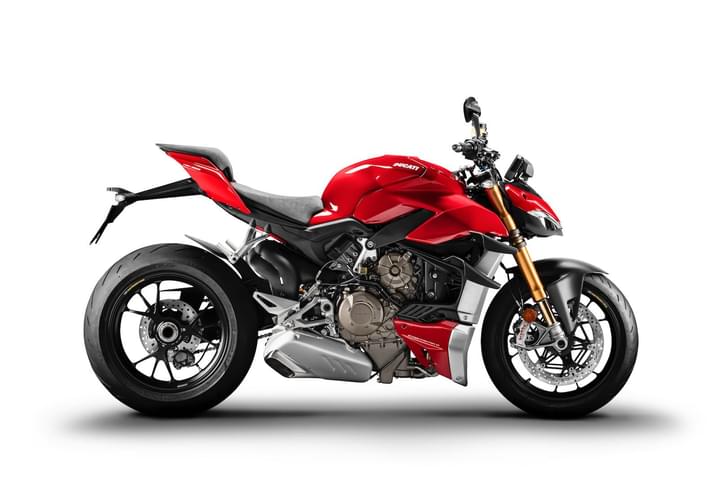Spawned from MotoGP racing in the 1970s, the GSX-R series from Suzuki has been around since the 80s, and it definitely has more than a few laurels to its name. Be it on the racetrack or in road racing, the GSX-Rs have always been a force to be reckoned with. However, in the last couple of years, Suzuki has been falling woefully short in the litre-bike territory. Although the outgoing model was a great motorcycle by itself, it just couldn't match up with the newer, lightweight machines that were putting down firepower in the 200hp zone. But Suzuki has finally addressed these concerns. What we have here are the all-new GSX-R1000 and GSX-R1000R for 2017, which Suzuki plans to use for reclaiming its title of 'King of the Sports bikes'. But does it have enough bang to create a stir amongst the litre-class lot?
Cosmetically, the bikes are almost the same, give for different available paint schemes. For starters, there's a noticeable change in the silhouette of the litre-class GSX-Rs. Gone are the sharp points and curves that gave the older model its distinct identity. The new bike has smoothed out those elements and matured in design, although it sports a more generic sports bike look now; but that is a subjective matter nonetheless. The front headlight has lost its distinctively GSX-R bat-like shape and transformed into a smaller oval type headlight. The large air vents that flank the headlight and the paint schemes are probably the only elements that will make you reminisce about the older GSX-R. The windshield has gotten smaller but is effective nonetheless, creating a decent enough barrier for the wind when tucked in completely.
Sitting behind the windscreen is an all-new, fully digital LCD speedometer console with warning lights lined up on both sides and the shift light at the top. The cascading tachometer is large and easy to read, with speed readout at the centre and the gear indicator to the right. There are smaller readings for electronic settings, trip meters, temperature and fuel consumption scattered all over the screen; thankfully, there's also a fuel gauge.
The 2017 Suzuki GSX-R1000 is noticeably narrower than the previous-generation bike. The smaller fuel tank certainly makes it easier to tuck in on the racetrack; Suzuki has clearly spent a lot of time testing this design in the wind tunnel to get the aerodynamics right. The all-new tail section is also a lot narrower than before. It’s got a tiny pillion seat and a single brake light that's similar in shape to the headlight; gone is the signature four-light setup from the older bike. The indicators are now located on the tail tidy. The single, side-slung exhaust is large and has a rather boxy shape to it.
Get into the saddle and this is an extremely familiar place if you've ridden the older GSX-R. It retains Suzuki's stellar formula for its rider geometry; except that the bike now has a more compact, friendly feel to it. Despite the seat being quite high, you're sitting in the bike, instead of on top of it, like some of the other litre-class bikes. The new GSX-R doesn't feel overly aggressive, which is great; considering most owners will spend most of the time riding this bike on the street.
In the world of modern-day litre-class bikes, electronics are key and Suzuki has finally stepped up with a three-axis IMU-based electronics package on the GSX-R1000, and a five-axis one on the GSX-R1000R. This includes a 10-level traction control system (Motion track TCS), Suzuki’s Low-RPM Assist system, Easy Start System, and ABS. The base model does, however, miss out on the quick-shifter, launch control, and cornering ABS, which is found on the sportier R version. There is also no wheelie control or engine brake control, although front-wheel lift is controlled through the traction control system itself. There are still three different riding modes, each of which offers different power delivery options. It also gets a slipper clutch and rear-wheel lift mitigation technology that engages the ABS via traction control to keep the rear wheel on the ground during hard braking.
The GSX-R1000 is equipped with Showa Big Piston Fork (BPF) and Showa piggyback reservoir shock, while the R model gets top-of-the-line Showa Balance Free Forks (BFF) suspension up front. And despite bumpy track conditions at Kari, the suspension worked really well. While the GSX-R1000's front end offers acceptable levels of feedback, the GSX-R1000R's took front-end feel to a whole new level. It's amazing just how much more confidence the Showa BFF system inspires. There was nothing jerky or twitchy with this motorcycle; it reacts intuitively and precisely, whether you’re going fast or slow. Turning in or switching direction may not be as sharp as some of the other litre bikes, but mid-corner stability is commendable. With no long sweeping corners, Kari is a fairly tight track that doesn't really allow you to explore the full potential of this bike, but it did feel planted all throughout. For stopping power, it’s equipped with twin Brembo T-drive 320mm rotors and radially mounted, monoblock four-piston calipers at the front, and a Nissin one-piston disc at the rear. The brakes feel adequate and scrub off speed quite effectively. The R version saw about 230kph on the main straight before dropping anchors for the tight-ish C1 and C2 corners.
But the gem of this bike has to be the engine. Both versions share the same engine in the same state of tune. The new 999.8cc, inline four–cylinder, with over-square dimensions and Variable Valve Timing (VVT), is just phenomenal. Wring the throttle and the power delivery is probably the thing you’ll notice first. At corner exit, delivery is buttery smooth. Hit 10,000rpm and you can feel the VVT system working, which results in a punch in power and the engine suddenly revving more freely. The bike feels strong and punchy at the top end, but it still has a very meaty mid-range. There was a very manageable amount of front-wheel lift all the way to third gear. Sifting through the six-speed cassette-type gearbox is smooth and precise but isn't much of a necessity; leave it in a higher gear and it still has enough drive to power out of corners. In fact, there wasn't any need to drop below second gear, even though Kari is a fairly tight track. Its tractability will make it a very flexible engine on the track or street.
With the new 2017 GSX-R1000 and GSX-R1000R, Suzuki has finally entered into the 200hp litre-class club. And although these GSX-Rs may not be as sharp or intuitive as some of the other modern litre-class bikes, they are a whole lot of fun and have a tonne of potential. At Rs 19 lakh for the GSX-R1000 and Rs 22 lakh (prices are ex-showroom, Delhi) for the GSX-R1000R, Suzuki's new 1,000cc offerings are a tad on the expensive side. But, in the end, it is a Suzuki, and if you liked the older version, you're definitely going to find this one appealing.






